When the Sri Lankan President Mahinda Rajapaksa signed an order removing the island state’s Supreme Court Chief Justice Shirani Bandaranaike on 13 January 2013, the consolidation of power was complete. In January 2010, Rajapaksa won the presidency for the second time trouncing his challenger Gen Sarath Fonseka, also a war hero. As the President, he has been firmly in control of the Executive. In the parliamentary elections held in April same year, his coalition – United People’s Freedom Alliance (UPFA) – won near two-thirds majority, the first time in the political history of Sri Lanka that a party or coalition getting a comfortable majority under proportional representation system. With his coalition controlling two-thirds majority and his brother as Speaker, Rajapaksa did not have any difficulty in getting what he wanted from the Legislature. One of the first legislation that Parliament passed was the 18th Amendment to the Constitution that lifted restriction on a President from contesting more than two times. Thus, Rajapaksa can continue as President of Sri Lanka beyond 2017, if he wins.
Judiciary usually toed the government line. Even Shirani Bandaranayake, as the Chief Justice, gave several pro-government judgements, notable among them being validating the 18th Amendment and abolition of independent commissions. She remained in the good books of the government until then. However, when she disagreed with the government on Divi Neguma Bill (that overlooked provinces on managing development funds), trouble started. She was accused of 14 charges in November 2012. A 11-member Parliament Select Committee (PSC) found her guilty of three charges that included failing to declare her earnings, of hearing a case in which she had an interest, and of continuing to hold the position of Chief Justice while a case against her husband was pending. Ironically, after the Opposition parties’ MPs pulled out, the PSC was left with only ruling party’s members. Shirani Bandaranayake herself boycotted the hearings citing doubts on fair hearing. Despite Court of Appeal’s restraint, and despite Supreme Court’s ruling that the PSC had “no legal authority” to declare guilty or pronounce a decision affecting the rights of the judge, Parliament went ahead in impeaching the Chief Justice. The voting count was 155 to 49, with 20 abstentions. The entire impeachment and removal process just took four months that is unimaginable in India. This was the first time that a serving Chief Justice of Supreme Court, with over 11 service remaining, got removed. By this Rajapaksa has proved what former President Jayewardene once proudly boasted, “the only thing that the Executive President cannot do is to make a man a woman and vice versa.”
By appointing his Cabinet’s legal advisor, Mohan Peiris, as the new Chief Justice, Rajapaksa has now consolidated all powers in the Presidency. ‘Separation of powers’, a Montesquieun model for governance of a democratic state, is no more. Media, considered as the ‘Fourth Pillar’ of democracy, was already under stifled mode. It is apparent that a “Constitutional Dictatorship” seems to have set in. What is more disconcerting is the way in which the Chief Justice was removed. Due process was not followed. President Rajapaksa, however, defended his decision by holding that he had acted in line with the Constitution. But, the President himself has admitted that the Constitution is “imperfect”. Then, is it not about time to correct those “imperfections”? Who else is in a better position with requisite majority than Rajapaksa to do it?
Sri Lankan lawyers have been protesting against the new Chief Justice thus creating a deadlock in normal hearing of cases. This, of course, may die down in due course. However, the message – that a submissive judiciary is acceptable, but not an assertive or independent one – sent by the removal of Shirani Bandaranayake will remain. It is bound to severely affect democratic institutions, rule of law and good governance in the long run. The domestic cost, therefore, is not “minimal”.
Further, the removal of Chief Justice has undoubtedly dented the image of Sri Lanka that was once famously referred to as a “model of Third World Democracy”. The move has come at a time when Sri Lanka is being severely criticised on accountability and human rights by the United Nations Human Rights Council (UNHRC). Like last year, the island state has to face the UNHRC scrutiny this March as well. It is vital to respect independence of judiciary if Sri Lanka wishes to call itself a democracy. Regime consolidation can come later.
Published Date: 26th January 2013

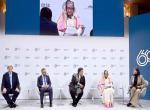
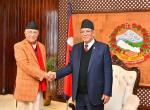
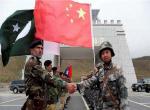

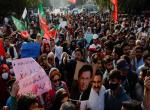
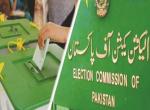
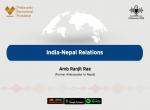

Post new comment